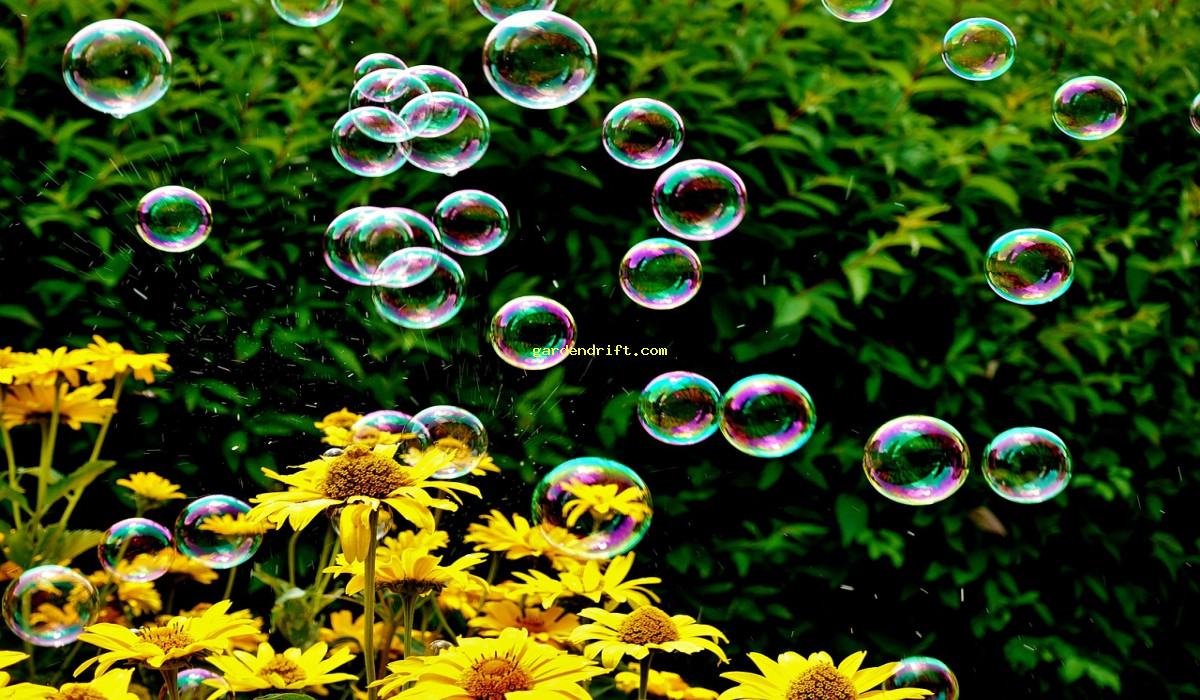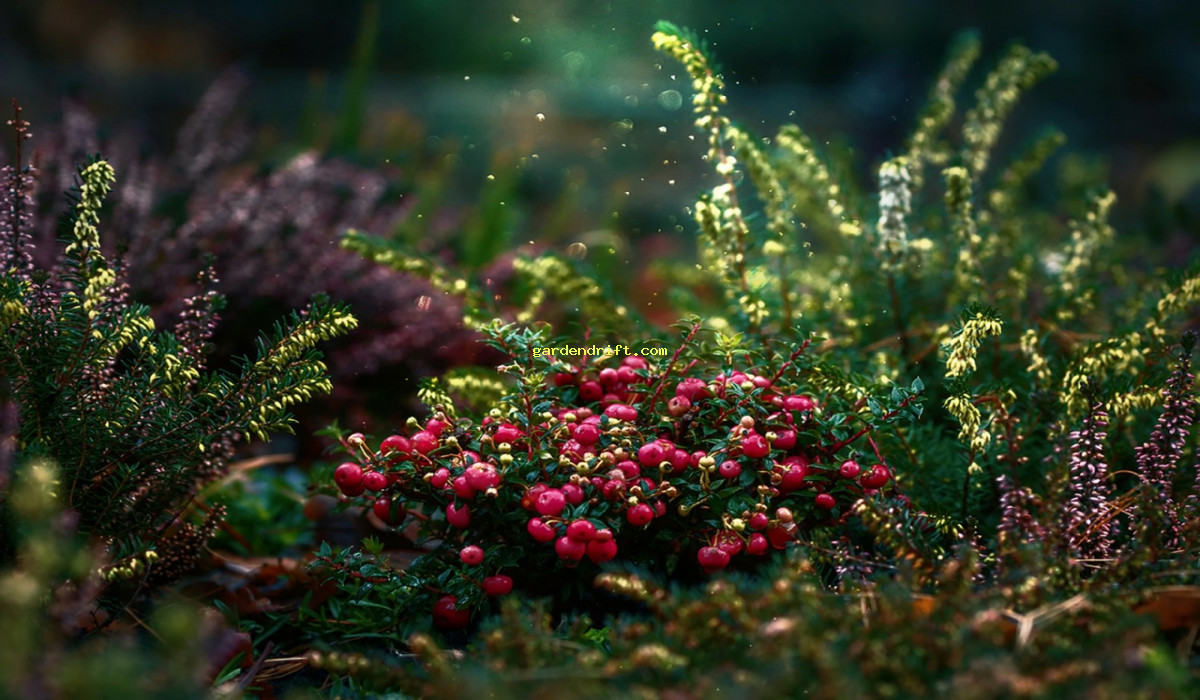Create Your Dream Garden: 10 Simple Steps for Beautiful Outdoor Spaces. Learn how to make a beautiful garden in just a few easy steps! From choosing the right plants to maintaining them, follow these simple guidelines to create your own stunning outdoor oasis. No green thumb required 10 Simple Steps for Beautiful Outdoor Spaces anyone can do it! Get started on your garden today.
Create Your Dream Garden: 10 Simple Steps for Beautiful Outdoor Spaces
Create Your Dream Garden: 10 Simple Steps for Beautiful Outdoor Spaces. follow these simple Create Your Dream Garden: 10 Simple Steps for Beautiful Outdoor Spaces
The Process of Making a Garden
Starting a garden may seem like a daunting task, especially for beginner gardeners. However, with the right tools and knowledge, anyone can create a flourishing garden. Gardening not only provides a beautiful outdoor space but also allows you to connect with nature and grow your own food.
In this article, we will walk you through the process of making a garden. From selecting the perfect spot to harvesting your plants, we will provide you with all the information you need to create a successful garden.
Choosing the Perfect Location
The first step in making a garden is selecting the perfect location. The success of your garden depends on the amount of sunlight, soil quality, and accessibility to water. When choosing a spot for your garden, keep these factors in mind to ensure healthy plant growth.
The Amount of Sunlight
Plants need sunlight for photosynthesis, which is the process of turning light into energy. Therefore, it is crucial to choose a spot that receives at least six hours of direct sunlight every day. Observe your yard throughout the day to determine which area receives the most sunlight.
Soil Quality
Quality soil is the foundation of a successful garden. Look for an area with well-draining soil that is rich in nutrients. You can also perform a soil test to determine the pH level and nutrient content of your soil. If your soil is lacking in nutrients, you can amend it with compost or fertilizer.
Accessibility to Water
Water is essential for plant growth, and it is important to choose a location that is easily accessible to a water source. If you plan on using a sprinkler system or a hose, make sure the location is within reach to avoid any inconvenience.
Deciding on Garden Size and Layout
After selecting the perfect location, it’s time to decide on the size and layout of your garden. Consider how much space you have available, the type of plants you want to grow, and your gardening goals.
The Size of Your Garden
When starting a garden, it’s recommended to start small. This will allow you to learn and adjust as you go. A beginner’s garden can be as small as a few pots on a balcony or a designated spot in your yard. As you gain more experience, you can expand your garden and try different layouts.
The Layout of Your Garden
There are various garden layout options to choose from, such as raised beds, container gardens, or traditional in-ground gardens. Each layout has its own benefits 10 Simple Steps for Beautiful Outdoor Spaces, and the choice ultimately depends on personal preference and available space. You can also research more about companion planting, which involves grouping certain plants together to help them thrive.
Gathering the Necessary Tools and Supplies
Before you begin digging and planting, it’s important to have the necessary tools and supplies on hand. This will make the gardening process more efficient and enjoyable. Here are some essential tools and supplies you will need when making a garden:

– Shovel
– Garden Gloves
– Hand Trowel
– Garden Fork
– Garden Hose or Watering Can
– Wheelbarrow
– Garden Rake
– Hoe
– Pruning Shears
– Fertilizer or Compost
– Mulch
– Plants or Seeds
Preparing the Soil
Once you have gathered all the necessary tools and supplies, it’s time to prepare the soil for planting. The soil preparation process may vary depending on the type of garden layout you have chosen. Here are some general tips for preparing your soil:
– Remove any weeds or debris from the designated area.
– Till the soil to a depth of 8-12 inches.
– Mix in compost or fertilizer to add nutrients to the soil.
– Smooth out the soil with a rake.
Planting Your Garden
Now comes the fun part – planting your garden! When selecting plants or seeds, make sure to choose varieties that are suitable for your climate and the amount of sunlight your garden receives.
Planting Seeds
If you are starting your garden from seeds, follow the instructions on the back of the seed packet for the specific planting depth and spacing. Water the seeds gently and keep the soil moist until they begin to sprout.
Planting Seedlings
For beginners, it is recommended to start with seedlings rather than seeds as they are easier to care for. Follow the spacing recommendations on the seedlings’ packaging and gently loosen the roots before planting them in the ground.
Caring for Your Garden
To ensure your plants thrive, it is important to care for your garden regularly. This includes watering, fertilizing, and controlling weeds and pests 10 Simple Steps for Beautiful Outdoor Spaces. Regularly check on your plants for any signs of diseases or pests and take necessary actions promptly.
Watering
Plants need consistent watering to grow and produce healthy fruits and vegetables. Water your garden deeply once a week, or more frequently if the weather is hot and dry. Make sure to water around the base of the plant to avoid damaging the leaves.
Fertilizing
To help your plants grow and produce an abundant harvest, fertilize your garden every 2-3 weeks. You can use organic or synthetic fertilizers, depending on your preference.
Weed and Pest Control
Regularly check your garden for weeds and remove them as soon as possible. Weeds compete with your plants for nutrients, sunlight, and water. If you notice any pests, research and implement organic pest control methods to prevent any damage to your plants.
Harvesting Your Garden
The fruits of your labor are finally ready for harvest! The best time to harvest fruits and vegetables is in the morning when they are at their peak flavor and nutrition. Using pruning shears, cut the fruits and vegetables from the plant, being careful not to damage the plant itself.
10 Simple Steps for Beautiful Outdoor Spaces
Learn how to make a beautiful garden in just a few easy steps! From choosing the right plants to maintaining them, follow these simple guidelines to create your own stunning outdoor oasis. No green thumb required – anyone can do it! Get started on your garden today.. “garden” Create Your Dream Garden: 10 Simple Steps for Beautiful Outdoor Spaces
Gardening 101: How To Start A Garden
Create Your Dream Garden: 10 Simple Steps for Beautiful Outdoor Spaces Gardening 101: How To Start A Garden Video Create Your Dream Garden 10 Simple Steps for Beautiful Outdoor Spaces: 10 Simple Steps for Beautiful Outdoor Spaces
How to Make a Garden: A Comprehensive Guide
Making a garden can be a rewarding and fulfilling experience that allows you to connect with nature and enjoy the fruits of your labor. Whether you are a seasoned gardener or a beginner, there are certain key steps that should be followed to create a successful and thriving garden. In this blog post, we will guide you through the process of how to make a garden, providing valuable tips and information along the way.
The Benefits of Gardening
Before we dive into the steps of how to make a garden, let’s briefly discuss the benefits of gardening. Not only does gardening provide you with fresh and healthy produce, but it also has numerous mental and physical health benefits. Gardening has been proven to reduce stress, improve mood, and increase physical activity. It also allows you to connect with nature and provides a sense of accomplishment when you see your hard work pay off. With that in mind, let’s get started on creating your garden.
1. Choose the Right Location
The first step in making a garden is choosing the right location. Your garden should receive at least 6-8 hours of sunlight and have good drainage. It’s also essential to consider 10 Simple Steps for Beautiful Outdoor Spaces the type of soil in the chosen location. You can do a soil test or simply observe the soil to determine if it’s suitable for gardening. If the soil is too hard or compact, you may need to add organic matter to improve its quality.
2. Decide on the Type of Garden
Next, you need to decide on the type of garden you want to create. Will it be a vegetable garden, a flower garden, or a mix of both? This decision will impact the layout, plants, and tools you will need for your garden. It’s important to choose plants that are suitable for the climate and soil in your chosen location.
3. Gather the Necessary Tools and Supplies
Gardening requires specific tools and supplies, depending on the type of garden you are creating. Some common tools that you will need include a shovel, a rake, gardening gloves, and a watering can or hose. You may also need to purchase seeds, seedlings, and fertilizer. It’s important to have all the necessary tools and supplies before you start your garden to avoid any delays.
4. Plan Your Garden Layout
Having a plan for your garden’s layout is crucial to ensure it’s organized and aesthetically pleasing. Consider the size and shape of your garden, as well as the spacing between plants. You may also want to incorporate a focal point, such as a trellis or a garden bench, to add visual interest to your garden.
5. Prepare the Soil
Once you have chosen the location and planned the layout, it’s time to prepare the soil. This involves removing any existing debris, tilling the soil to loosen it, and adding any necessary amendments or fertilizers. You can also add a layer of mulch to help retain moisture and suppress weed growth.
6. Plant Your Garden
Now it’s time to plant your garden! Follow the instructions on the seed packets or plant tags to ensure proper planting depth and spacing. It’s also important to water the plants immediately 10 Simple Steps for Beautiful Outdoor Spaces after planting to help them establish their roots.
7. Provide Ongoing Care
To ensure your garden’s success, ongoing care is necessary. This includes regular watering to keep the soil moist and adding fertilizer as needed. You should also regularly weed and remove any dead or damaged plants to maintain a healthy garden.
8. Pest and Disease Management
One of the biggest challenges in gardening is dealing with pests and diseases. It’s important to monitor your garden regularly and take action if you notice any signs of pests or diseases. This can include using natural methods, such as companion planting or introducing beneficial insects, or using organic pesticides.
9. Harvest Your Garden
The best part of gardening is being able to harvest your own fresh and delicious produce! Make sure to harvest at the right time to ensure the best flavor and quality. Also, don’t be afraid to get creative with your harvest and try new recipes to make the most of your garden’s bounty.
10. Continue to Learn and Improve
Gardening is a continuous learning process, and there’s always room for improvement. Pay attention to what worked well in your garden and what didn’t 10 Simple Steps for Beautiful Outdoor Spaces, and make adjustments for the next growing season. Don’t be afraid to try new plants and techniques to constantly improve your garden.
Conclusion
In conclusion, creating a garden takes time, effort, and patience. By following these steps and continuously learning and improving, you can create a beautiful and thriving garden that will provide you with fresh and healthy produce and a sense of fulfillment. So put on your gardening gloves and get growing! Create Your Dream Garden: 10 Simple Steps for Beautiful Outdoor Spaces
 Create Your Dream Garden: 10 Simple Steps for Beautiful Outdoor Spaces
Create Your Dream Garden: 10 Simple Steps for Beautiful Outdoor Spaces
How do I make a garden?
Answer: Making a garden involves a few key steps. First, choose a location with plenty of sun and good drainage. Then, clear the area and determine the size and shape of your garden. Next, prepare the soil by removing rocks and weeds, adding compost or fertilizer, and tilling the soil. Finally, choose and plant your desired plants, flowers, or vegetables.
What tools do I need to make a garden?
Answer: The tools you will need to make a garden depend on the size and type of garden you want. Basic tools include a shovel, rake, trowel, and gloves. For larger gardens, a wheelbarrow and hoe may also be needed. For specialized gardens, such as a vegetable garden, tools like a spade, soil knife, and watering can may be necessary.
How often should I water my garden?
Answer:The frequency of watering your garden depends on the type of plants you have and the climate. Generally, gardens should be watered deeply about once a week. However, if the weather is particularly hot or dry, you may need to water more often. It is best to check the moisture level of the soil before watering to ensure that it is not too dry or too soggy.
Can I make a garden without a yard?
Answer: Yes, it is possible to make a garden without a yard. You can use containers or planters on a balcony or patio, or grow a vertical garden using hanging pots or a trellis. Another option is to join a community garden or rent a plot of land from a local gardening organization.
What types of plants are best for a beginner’s garden?
Answer: Some easy-to-grow plants for a beginner’s garden include herbs like basil, mint, and rosemary, annual flowers like marigolds and zinnias, and vegetables like tomatoes, cucumbers, and carrots. These plants are relatively low-maintenance and forgiving, making them perfect for novice gardeners.
How can I keep pests out of my garden?
Answer: There are a few ways to keep pests out of your garden. Some natural methods include setting up barriers like fences or netting, using companion planting techniques, spreading coffee grounds or eggshells around plants, or using insect-repelling plants like lavender or marigolds. You can also use organic pest control products, such as neem oil or diatomaceous earth.
Do I need to use fertilizer in my garden?
Answer: While not necessary for all plants, fertilizer can provide essential nutrients and improve the health and growth of your garden. Organic options, such as compost or manure, are recommended as they are environmentally friendly and do not harm beneficial insects. It is important to use fertilizer in moderation and follow instructions carefully to avoid over-fertilizing.
What should I do with my garden in the winter?
Answer: In colder climates, it is important to prepare your garden for winter. Harvest any remaining crops, clean up and dispose of any decaying plants, and add a layer of compost or mulch to protect the soil and add nutrients for the next growing season. You can also plant winter crops, cover your garden with a frost cloth, or use a greenhouse to extend your growing season.
How can I make my garden more sustainable?
Answer: There are several ways to make your garden more sustainable. First, use organic and natural practices, such as composting and avoiding chemical pesticides. Consider using rain barrels or a drip irrigation system to conserve water. Plant native species and encourage biodiversity by planting pollinator-friendly flowers and providing habitats for beneficial insects and animals.
Can I make money from my garden?
Answer: Yes, it is possible to make money from your garden. You can sell your produce at a local farmer’s market, set up a roadside stand, or offer a community-supported agriculture (CSA) program. You can also sell plants, cut flowers, or create garden-related products like herbal essential oils or homemade jams. Create Your Dream Garden: 10 Simple Steps for Beautiful Outdoor Spaces
